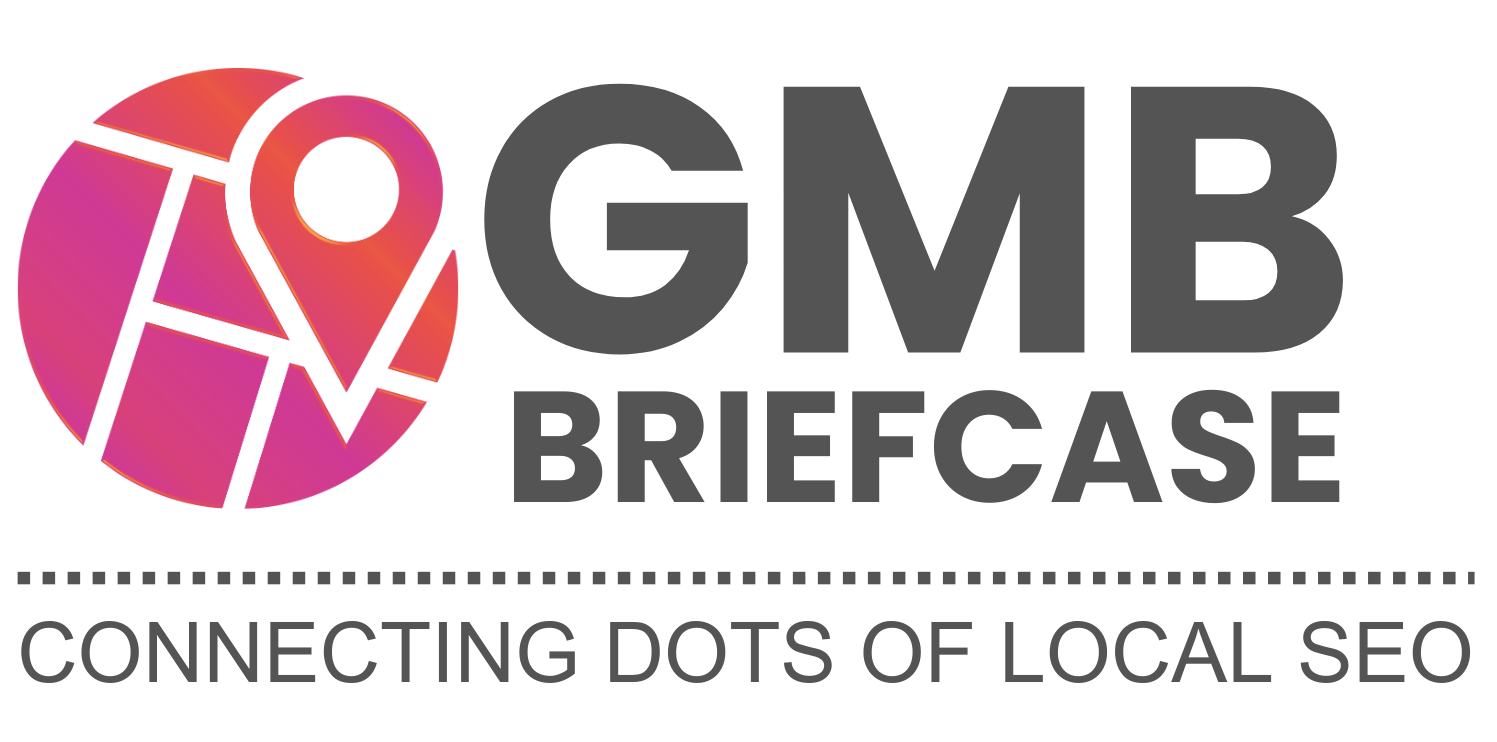The paradox facing local businesses today is as obvious as it is frustrating: the tools that are supposed to make running a business easier often end up making it more complex. Nowhere is this more evident than in customer loyalty programs, where good intentions about rewarding regular customers frequently devolve into logistical headaches involving punch cards, points tracking, and manual reward distribution.
This isn’t just an inconvenience – it’s a strategic problem. While 90% of companies have some form of loyalty program, research shows that less than 50% of customers actively engage with them. The fundamental challenge isn’t that businesses don’t want to reward loyalty, or that customers don’t want to be rewarded; it’s that the infrastructure required to manage these programs has historically been too cumbersome for local businesses to implement effectively.
The Local Business Paradox

The impact is particularly acute for local businesses, which face a double bind: they need loyalty programs more than ever to compete with larger chains and e-commerce players, but they have fewer resources to manage the complexity these programs traditionally entail. A small coffee shop owner doesn’t have time to manage a complex points database; a local boutique can’t afford to integrate expensive enterprise software just to track customer purchases.
This is where the evolution of customer reward tools becomes particularly relevant. The innovation isn’t in the concept of rewards – that’s as old as commerce itself – but in the simplification of their implementation. This aligns with a broader innovation strategy, where businesses leverage technology to streamline operations while maintaining efficiency. Modern digital tools are fundamentally changing the equation by removing the operational overhead that has historically made reward programs impractical for many local businesses.
The Digital Evolution of Rewards

Take, for example, the shift from physical to digital gift cards and rewards. Traditional gift card programs required businesses to manage physical inventory, track redemption manually, and deal with the security implications of having essentially printed money sitting in their store. The process was complex enough that many small businesses simply opted out. Digital solutions like Toastycard have inverted this dynamic: instead of requiring businesses to build infrastructure around their reward program, these tools adapt to existing business operations. A business can start sending personalized digital rewards within minutes, without having to change their point of sale system or train staff on complex new procedures.
This shift toward simplification is part of a broader trend in business technology, where the focus has moved from adding features to removing friction. The most successful modern business tools aren’t necessarily the ones that do the most things – they’re the ones that do the right things in the simplest possible way. This is particularly important for local businesses, where operational complexity has a direct impact on the bottom line.
Core Principles for Modern Local Rewards

The core principles for modern local rewards systems reflect this evolution:
- Automatic tracking should be the default, not a feature. Businesses shouldn’t have to manually log customer visits or purchases.
- Redemption should be seamless. If customers need a manual or training to use your rewards program, it’s too complicated.
- Value propositions need to be immediately clear. “Spend $X, get $Y” is better than complex point calculations.
- Integration should be invisible. The best tools work with existing systems rather than requiring businesses to change their operations.
These principles represent a fundamental shift in how we think about loyalty programs. Instead of trying to make businesses adapt to reward programs, modern tools are adapting to how businesses actually operate. This is particularly important for local businesses, which often can’t afford to reshape their operations around new software.
Implementation Strategy

The implementation strategy for these modern tools follows a similar philosophy of simplification:
- Start with existing interaction points. Don’t try to create new ones. If you’re already taking payments through a point-of-sale system, that’s where your rewards program should live.
- Focus on simple rewards. Digital gift cards and instant rewards are better than complex point systems that require ongoing management.
- Ensure scalability without complexity. The goal is to grow your business, not your administrative overhead.
- Prioritize integration. The best solutions enhance what you’re already doing rather than requiring you to do something new.
Future Implications

The future implications of this shift toward simplification are significant. As these tools become more sophisticated, we’re likely to see even more automation and integration. The end goal isn’t just to make reward programs easier to manage – it’s to make them disappear into the background of normal business operations.
This evolution represents a broader truth about technology in local business: the best solutions aren’t necessarily the most powerful or feature-rich, but rather those that solve real problems while creating the least operational friction. For local businesses, the ability to compete with larger players increasingly depends not on matching their complexity, but on leveraging tools that provide similar capabilities with far less overhead.
The result is a new paradigm for local business operations, where technology serves the business rather than the other way around. In this context, innovative customer reward tools aren’t just about loyalty programs – they’re about enabling local businesses to compete effectively in an increasingly digital world without sacrificing the operational simplicity that makes them work in the first place.

